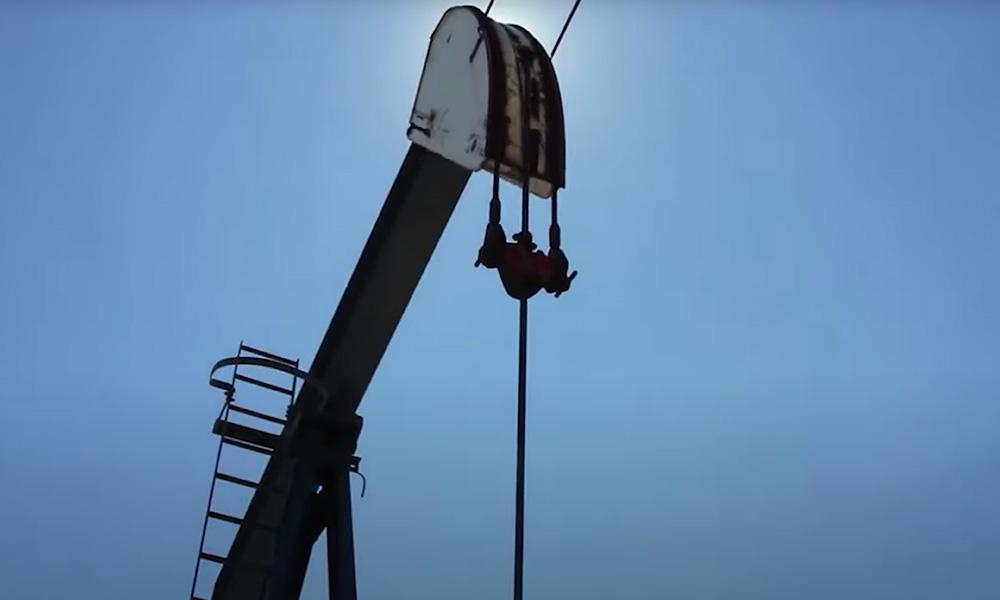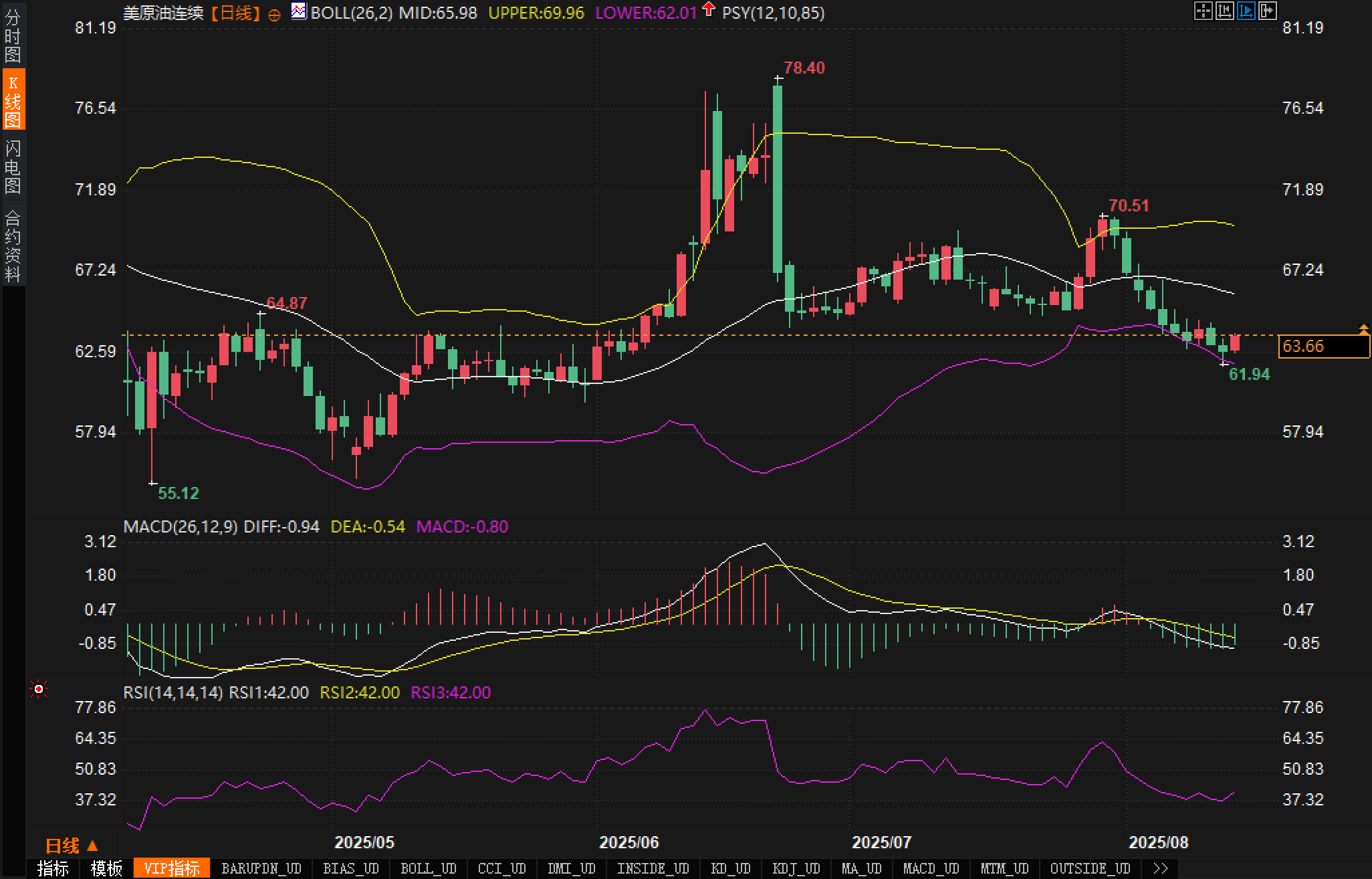With OPEC increasing production and weak demand, can crude oil prices hold their ground?
2025-08-14 21:55:29

This week's weekly crude oil inventory data released by the American Petroleum Institute (API) surprised the market, showing a 1.5 million barrel increase in US crude oil inventories. Subsequently, the EIA (Energy Information Administration) reported an even larger inventory increase of 3.036 million barrels on Wednesday. These two data sets indicate that US crude oil demand is failing to effectively outpace production levels, hinting at potential demand weakness in the US crude oil market. If inventories continue to rise in the coming weeks, or if demand fails to recover, the market could see further downward pressure on oil prices from this weak demand.
Supply and demand issues
The oil market focused on the IEA's (International Energy Agency) oil market report this week. The report indicates that global oil supply is expected to increase further now and through 2026, while demand is likely to slow. The IEA cites rising OPEC (Organization of the Petroleum Exporting Countries) production as the primary cause of the potential oversupply.
OPEC member countries have recently increased production, indicating the organization's intention to stabilize oil prices through increased output. Meanwhile, signs of weakening global manufacturing activity, particularly in the United States, could have a further negative impact on oil demand. If the market continues to anticipate further increases in OPEC production this year and next, this expectation could exert downward pressure on oil prices.
The potential impact of the Trump-Putin meeting on oil prices
On the geopolitical front, it's worth noting that US President Trump will meet with Russian President Vladimir Putin in Alaska this Friday. Reuters recently reported on a possible trade deal in which Russia might exchange Ukrainian territory for peace, but White House officials have dismissed this possibility, describing the meeting as more of a "hearing session."
Analysts believe that under the current circumstances, Russia appears to lack sufficient motivation to reach a peace agreement and is more likely to adopt a hardline stance. Meanwhile, Trump has begun to harden his stance on the issue, but Reuters reports that Trump told Ukrainian President Zelensky that he would not discuss territorial division with Putin. Meanwhile, media reports suggest that Trump may offer access to Russian rare earth resources and ease sanctions on Russian oil exports in exchange for a ceasefire. If the meeting helps ease geopolitical tensions, it could put downward pressure on oil prices; conversely, if tensions escalate, oil prices could find support.
Technical aspects:
Technically, oil prices have been trending downward over the past few days. Currently, prices are approaching the lower Bollinger Band (US$62.01), suggesting some support in the short term. The MACD indicator is in negative territory, and the gap between the DIFF and DEA is large, suggesting continued pressure on oil prices in the short term.

Meanwhile, the RSI index is near 42.00, indicating that oil prices are approaching oversold territory, but not reaching extreme levels, suggesting some room for recovery. The chart shows that oil prices have broken through previous support at $64.87 and are approaching the next support level at $62.01. If oil prices fall below this support range, they could fall further to $61.94.
Market Sentiment Observation
Market sentiment remains bearish, particularly amid concerns about the outlook for crude oil demand amidst OPEC production increases and slowing global demand. While inventory increases in the US market have not matched expected consumption growth, concerns about oversupply remain strong. The prevailing market sentiment is that crude oil prices will remain under pressure until demand rebounds or expectations of increased supply ease.
Market Outlook
From a bullish perspective, if the outcome of the Trump-Putin meeting has a positive impact on market sentiment and OPEC fails to increase production further, oil prices are expected to find support and rebound. Furthermore, if US crude oil inventory data improves and market expectations for demand recover, oil prices could break out of the current correction and challenge the current high of $70.51.
From a bearish market perspective, if OPEC continues to increase production and global economic data continues to weaken, oil prices may face greater downward pressure. Technically, if oil prices break through the $62.01 support level, the next support level may fall to $61.94, and further support level is at $58.
Overall, the market currently faces two major risks: weak demand and oversupply. Analysts predict that oil prices will face some downward pressure in the short term, but a rebound due to geopolitical factors or shifts in market sentiment cannot be ruled out.
- Risk Warning and Disclaimer
- The market involves risk, and trading may not be suitable for all investors. This article is for reference only and does not constitute personal investment advice, nor does it take into account certain users’ specific investment objectives, financial situation, or other needs. Any investment decisions made based on this information are at your own risk.





















